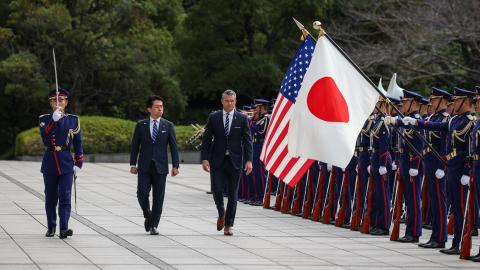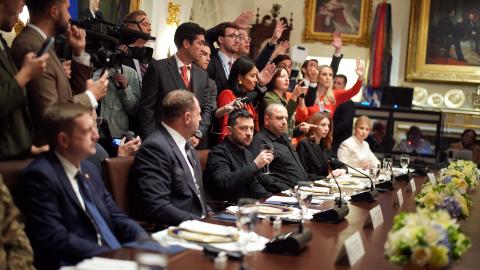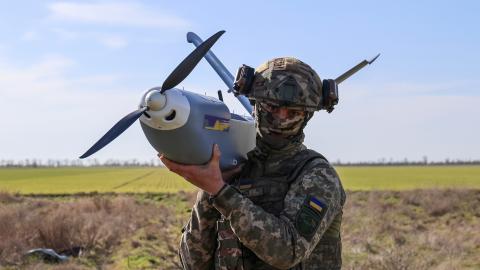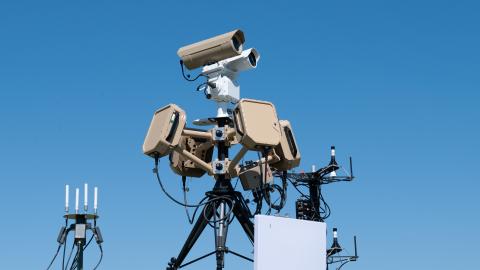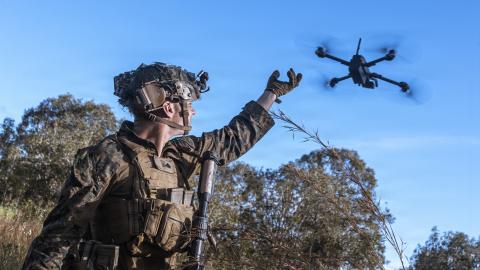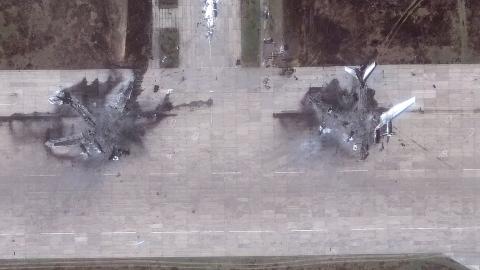In a stunning operation, on June 1, 2025, the Ukrainian SBU Security Service carried out Operation Spiderweb. The operation included a large-scale coordinated drone strike on five Russian air bases: Belaya, Dyagilevo, Ivanovo Severny, Olenya, and Ukrainka stretching more than 2,000 miles into Russian territory and miles from one another. The Russians had sought to keep their strategic bombers dispersed to lower the risk of damage to a significant portion of the fleet if Ukraine could pull off a larger-scale attack. According to Ukraine, the Ukrainians damaged or destroyed 41 Russian aircraft including bombers. (It’s important to note that there has been no third-party verification of these numbers.)
Much of the public response from those who have been fearful of escalation was predictably alarmist due to Ukraine’s choice of target—those Russian bombers are highly valuable to Russia and can carry either conventional or nuclear weapons. The concern for Ukraine escalating the war is in keeping with the Biden administration’s constant fear of escalation, which motivated the Biden policies to limit US support to Ukraine and to restrain the range and type of Ukrainian attacks. The effect was that Ukraine could defend itself but only in limited ways that would not hurt the Russians “too much.” Thus, the war never had a strategy to enable Ukraine to win a battlefield advantage over the Russians or to impose such a military defeat, even tactically, to convince the Russians that even though they had help from China, North Korea, and Iran, the defending nation — Ukraine — had committed backing from the entire NATO alliance, including the United States. Thus, the Russians grew in confidence and the war basically stayed even and is grinding on in a terrible and tragic war of attrition.
But the critics of Ukraine’s attack are taking the wrong lessons. Operation Spider Web was not unique in Ukraine’s choice of target. Ukraine had already successfully carried out a stunning attack against a Russian Millerovo Air Base taking out a Su-30SM fighter jet. The attack occurred on February 25, 2022, the same month of the Russian full-scale invasion of Ukraine. Later that year the Ukrainians attacked Russian Engels-2 Air Base on December 5, 2022, with drones, hitting and damaging a Tu-95 strategic bomber. Then on August 19, 2023, Ukrainians used drones to destroy a Tu-22M3 bomber at Soltsy Air Base. The bombers are the same platforms that have been launching conventional cruise missiles at Ukraine. Those planes, and the runways they require, are legitimate and smart targets for Ukraine. Russia should not be left with the impression that because they are so valuable to it, and tucked away from Ukraine’s border, they have sanctuary.
And this is why Operation Spiderweb was unique. It was remarkable in scale and distance from Ukraine’s borders but also in its use of modern technology and its guile. Ukraine reportedly snuck the drones into trucks and then when the trucks transported the drones, artificial intelligence selected the targets and carried out the attack at a short distance.
Will Russia respond with an even more overwhelming counter strike, which will ratchet up the escalation? We will soon learn. But if it does, Ukraine is not to blame for Russia’s response. The Russians have agency and have been escalating at various inflection points over the course of the war knowing the United States has placed restraints on Ukraine. Most recently, Russia launched yet another large scale attacks against civilian targets, violating the laws of armed conflict, and the just war doctrine’s principle of discrimination. Notably, Russia has continued these atrocities all while rejecting the US-negotiated ceasefire, which Ukraine has long agreed to without condition. The US restrictions on Ukraine to restrain it, has not resulted in an absence of escalation; the Russians have not stopped fighting, have not moderated their war aims, and have not been restrained to only hitting Ukrainian military targets.
As we have witnessed throughout the war, both sides have sought to achieve military advantages, and on the side of the Russians, it has included intentionally causing societal destruction and carrying out other war crimes to hurt Ukrainian morale and decrease Ukrainian society’s will to fight. Ukraine, with the support of the NATO alliance, has sought to abide by the laws of war and the additional restrictions some of its most powerful allies have placed on it.
It is a myth that any one country can “control” escalation, let alone the stronger patron supplying weapons to one of the combatant countries. Each country can only control itself. But if the United States wishes to affect the way Ukraine carries on the fight and is seeking to mediate between the two nations to encourage a diplomatic outcome, it would be wise to clearly and publicly back Ukraine as the defender. The less Ukraine feels support and solidarity from the United States, the more daring and riskier it may decide to behave, if it thinks it’s the only way to survive as a sovereign nation and not to lose additional territory.
The US should enable Ukraine to earn more battlefield victories, sell it the weapons it needs, support Ukrainian domestic weapons production, and encourage a joint-US and European security architecture in Ukraine to prevent further aggression. And it should impose biting sanctions on Russia, more and more effective than the Biden sanctions, so to dry up Russia’s war funding. Until then, Ukraine will do what any sovereign nation will do that wants to live and live on its own terms and with its national identity intact — and in doing so, deserves even more admiration from Americans.
